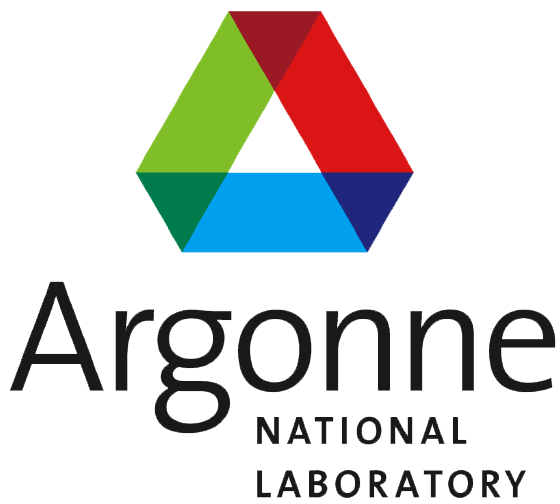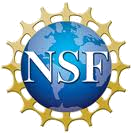A Tour of Cycstub¶
Since Cyclus version 1.3.1 the Cycstub CLI is included in a standard Cyclus installation.
This section will walk through the source files of the stub archetypes generated when a user invokes the cycstub utility. Cycstub
can generate stubs for each of the agent types. The standard usage to generate the
stubs for a Facility, Institution or Region, respectively, is:
cycstub --type facility :stublibrary:StubFacility
cycstub --type institution :stublibrary:StubInstitution
cycstub --type region :stublibrary:StubRegion
We will walk through StubFacility‘s source specifically because its the
most complicated of the three.
StubFacility¶
The StubFacility provides the minimal interface that an archetype
that derives from cyclus::Facility must provide. We’ll go through both the
header (h) and implementation (cc) files in conjunction, starting at the
top.
stub_facility.h has a single Cyclus-based include
#include "cyclus.h"
which includes most cyclus kernel headers as a convenience for new archetype developers. You’re more than welcome to include the specific kernel headers you need if you require a smaller executable.
Moving on in the header file we come to the class declaration inside the namespace of this specific module library, stublibrary, with standard Doxygen documentation strings.
namespace stublibrary {
/// @class StubFacility
/// ...
class StubFacility : public cyclus::Facility {
which simply states that the StubFacility inherits from cyclus::Facility.
We then come to the constructor declaration in the header file
explicit StubFacility(cyclus::Context* ctx);
and definition in the implementation file
StubFacility::StubFacility(cyclus::Context* ctx) : cyclus::Facility(ctx) {};
The constructor takes a single cyclus::Context argument. The context
is the mechanism by which agents can query and otherwise
communicate with the simulation environment. Because the base cyclus::Agent
class requires a cyclus::Context argument in its constructor, all derived
classes must pass the argument down its constructor chain, as StubFacility
does with its cyclus::Facility constructor above.
Continuing with the header file, we next come to the prime directive
#pragma cyclus
In short, the prime directive allows an archetype developer to use the Cyclus preprocessor to autogenerate many member functions that are required for Cyclus features related to initialization and restart capabilities. For a further explanation, see Using the Cyclus Preprocessor.
The next line in stub_facility.h is also related to the preprocessor’s
ability to help automate some documentation:
#pragma cyclus note {"doc": "A stub facility is provided as a skeleton " \
"for the design of new facility agents."}
Again, #pragma cyclus note is explained further in Using the Cyclus Preprocessor.
Continuing along, we reach the final three member functions, each of which are
defined on the base cyclus::Agent class and are overrode by the
StubFacility.
str¶
The declaration
virtual std::string str();
and implementation
std::string StubFacility::str() {
return Facility::str();
}
of the str method allows the StubFacility to customize its string
representation, which is printed at a variety of cyclus::Logger logging
levels, which is explained further in Logging.
Tick¶
The declaration
virtual void Tick();
and implementation
void StubFacility::Tick() {}
of the Tick member function allows the StubFacility to act during the
tick agent phase.
Tock¶
The declaration
virtual void Tock();
and implementation
void StubFacility::Tock() {}
of the Tock member function allows the StubFacility to act during the
tock agent phase.





